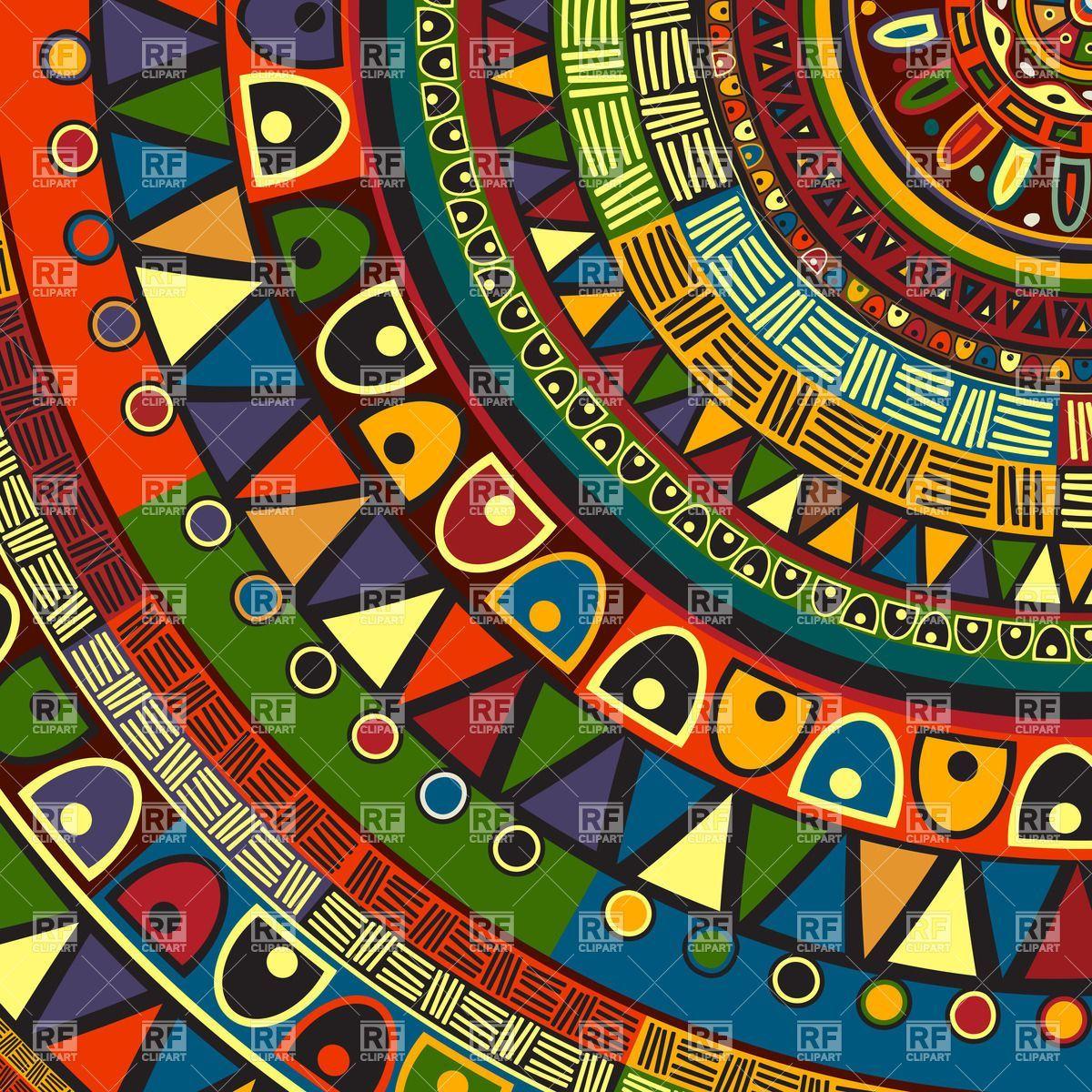Beautifully detailed patterning adorns seashells and creatures, while coral makes irregular outline patterns. Kente fabric is usually vividly colored and has religious or political patterns. Mudcloth, also known as bogolanfini, is made by weaving cloth and color together, similar to how Kuba cloth is made. This design, made from fermented mud, is widely worn by hunters as concealment and a status symbol for ritual protection.
African culture seamless patterns
10 Designers Who're Bringing South Africa's Style To The World - The Culture Trip
10 Designers Who're Bringing South Africa's Style To The World.
Posted: Wed, 23 Aug 2017 07:00:00 GMT [source]
Women are wrapped in this cloth as an entry into adulthood in their culture after delivery. This collection features 12 seamless African mud cloth-inspired designs that were hand-drawn. Branding, websites, digital media, package design, greetings, invitations, weddings, garments, merchandising designs, scrapbooking, home décor, fashion, and much more are all possibilities. Hassan Hajjaj, the Moroccan photographer living in the UK is perhaps best known for his Rockstars series of fashion photography. His pattern play comes in the form of not only using distinctive African print fabrics but also from the placement and repetition of objects in his artwork to frame his subjects. Sophisticated prints characterise the collections of Nigerian-based fashion designer Maki Oh, who makes use of traditional textile production and hand dyeing techniques such as Adire, Aso Oke to stunning effect.
ONE size fits S-2XL/ Loose-fit Dress Caftan/ Digital PDF Sewing Pattern for Women >mc2patterns
How African Fashion Affects European Runways - World Fashion Channel
How African Fashion Affects European Runways.
Posted: Mon, 17 Feb 2020 08:00:00 GMT [source]
Through the universal language of art, we can bridge gaps, break down barriers, and create a world where cultural diversity is celebrated as a source of strength, inspiration, and unity. Patterns are ubiquitous in our daily lives, and African cultures have a keen eye for observing and incorporating them into various aspects of their existence. From decorated houses and clothing to hair braids and natural elements like leaves, trees, and animal markings, patterns are woven into the fabric of African societies. The recognition and appreciation of patterns extend beyond their artistic value and are intertwined with cultural expression and identity. The Tongans of Zambia are known for their exceptional basket weaving skills, which also extend to amazing textiles.
Beauty: Bulldog Moisturiser with Organic Shea Butter from Ghana
Patterns on masks and textiles were used as a form of identity for tribes and outsiders could be easily identified if their masks and robes were foreign to the area. Adinkra robes, seen here below worn by two Ashanti men, are stamped with motifs in various patterns that have symbolic significance and tell a story or recount a proverb. Takea drive anywhere in Africa and look for patterns; note the decorated houses, see how the road stall is set out in product groupings defined by colour or shape.
African art patterns have a rich historical background, spanning centuries of cultural evolution and artistic expression. African design is embedded in its dominant colour palettes, creative shapes, repetition, rhythm and inclination towards traditional and tribal arts. We can witness the honesty of the African design in its simplicity and vernacular design, their support for the local ecological and cultural structures over a surplus of fast technological advancements.
Their rhythmic nature, geometric precision, and symbolic motifs make them a unique and captivating form of artistic expression. By recognizing and appreciating the allure of African art patterns, we honor the diverse traditions, narratives, and legacies of African communities. Let us celebrate the beauty and significance of these patterns and embrace the rich tapestry they weave within African culture and beyond. Africa’s innovative past is a vibrant tapestry woven from millennia of varied cultures and civilizations. Traditional African art, a cornerstone of this history, has tremendous historical significance and continues to shape modern-day design trends and aesthetics.
African Fabric Patterns
Okene is a “prestige” fabric woven by Ebira women, who weave on wide stationery looms inside the house, as opposed to Ebira men who weave on narrow hand looms outside. Many modern weaves incorporate metallic gold or silver threads giving the cloth a glorious sheen. These cloths give prestige to the weaver and dyer as well as the women who wear them, often as head-ties or wraps. There are several ways to adapt the style of these African motifs into the current products that you own.
Exploring the intricate patterns of Kente cloth is like embarking on a journey through history and culture. Each pattern tells a story, represents a proverb, or conveys a specific message. The weavers, who are often men, meticulously create these patterns by hand, using a complex technique that requires great skill and precision. Moreover, the timeless allure of African art patterns continues to captivate audiences worldwide, showcasing the enduring relevance and cross-cultural appeal of these mesmerizing designs. The fusion of African art patterns with global design not only pays homage to the artistic traditions of Africa but also serves as a testament to the universal language of creativity and inspiration. The Voltaic people of Ghana apply red, white and black colors to their masks in intricate geometrical patterns with symbolic significance.....
The earliest cloths were probably simple tied designs on locally-woven hand-spun cotton cloth much like those still produced in Mali. Kente is the most famous of all African textiles, and one of the world’s most complicated weavings. It is traditionally woven for Ashanti royalty who wear it for ceremonial occasions e.g. 'stooling' or kingship. The deep river flows and forms whorls and eddies, and waves in the ocean create sand textures.

Additionally, modern weavers have incorporated new techniques and designs, blending traditional motifs with contemporary elements. For example, the “Nsaa” pattern, which features a checkerboard design, represents excellence and knowledge. The “Nyansapo” pattern, with its intricate knot-like design, symbolizes wisdom and intelligence. These patterns are not only visually appealing but also serve as a means of communication, conveying messages and stories through their intricate designs.

Ase Oke clothUsually woven by men, the fabric is used to make men's gowns, called Agbada, women's wrappers, called iro, and men's hats, called fila. Kuba clothKuba Cloths had a tremendous impact on the modern artists of the 20th century such as Picasso and Matisse, both of whom had huge collections of the cloths. CraftsmanshipAll of the cloths are woven of the raffia palm and some old cloths are enlaid with beaten bark. Kuba clothThis hand woven wrap was woven and embroidered for a King’s widow with a bamboo inlay to give the ripple effect along the edges. From handmade pieces to vintage treasures ready to be loved again, Etsy is the global marketplace for unique and creative goods.
Furthermore, the symbolism embedded in African art patterns transcends language barriers, allowing for universal expression and understanding. These patterns serve as a visual language, communicating the values, traditions, and worldviews of diverse African cultures. A. African art patterns have gained popularity in contemporary design and can be integrated into various creative fields.
Beyond their practical use, these fabrics transform into badges of identification, identifiers of wealth, and symbols of societal positions. The challenging combination of geometric patterns and motifs indicates a cultural storehouse, with these aesthetic aspects being passed down through generations as conduits of the historical past. Each aspect of traditional African art is underpinned by a profound experience of symbolism, containing a mosaic of cultural, spiritual, and social notions. Patterns, colors, and themes intertwine in a complex symphony of meaning, decipherable only inside the dense web of the respective life’s environment.

No comments:
Post a Comment